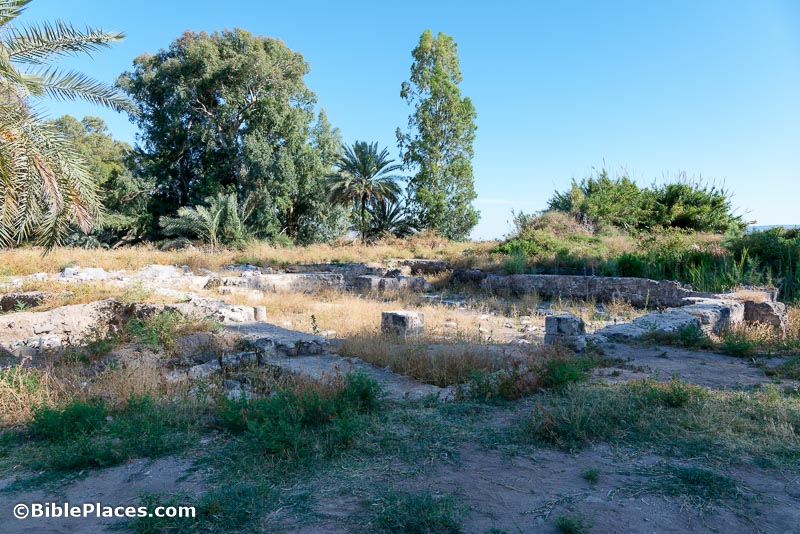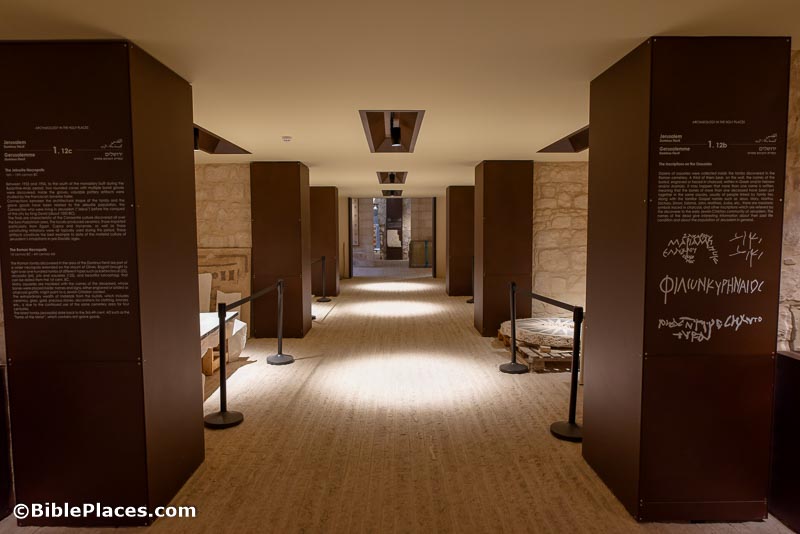A Roman water tunnel, nearly as long as Hezekiah’s Tunnel, has recently been restored at biblical Gadara.
The Jordan Times has published a story about Khirbat as-Sar, possibly biblical Jazer.
“A trove of ancient curse tablets was made recently in Athens‘ downtown neighborhood of Kerameikos.”
“Through a recent excavation at Kouklia-Martsello in Palaepaphos, Cyprus, scientists have unearthed an ancient inscription in the Cypriot syllabary.”
Archaeologists working in Georgia have found an inscription with strange symbols unlike any known language.
“In the second phase of the restoration works, the facades of Hagia Sophia Mosque, the upper covering, and the Second Bayezid Minaret are in the focus of attention.”
Turkish Archaeological News rounds up the most important stories for the month of November.
A lecture by Christian Leitz overviews the restoration of the temple of Esna, with its “magnificent astronomical ceiling, colorful columns, and close to two hundred ink inscriptions previously undescribed.”
A meeting between the British and Greek prime ministers is raising speculation that an agreement may be in the offing for a loan of the Elgin Marbles to Athens.
New release: The Iron Age Town of Mudayna Thamad, Jordan; Excavations of the Fortifications and Northern Sector (1995–2012), by Robert Chadwick, P. M. Michèle Daviau, Margreet L. Steiner and Margaret A. Judd (BAR Publishing, £88). This site is potentially biblical Jahaz.
New release: Burning Issues in Classics, by Rhiannon Evans and Nicole Gammie (La Trobe University, free download)
Carl Rasmussen reports on his visit to Carchemish, a site he has long wanted to see.
HT: Agade, Gordon Franz, Roger Schmidgall, Arne Halbakken, Explorator

